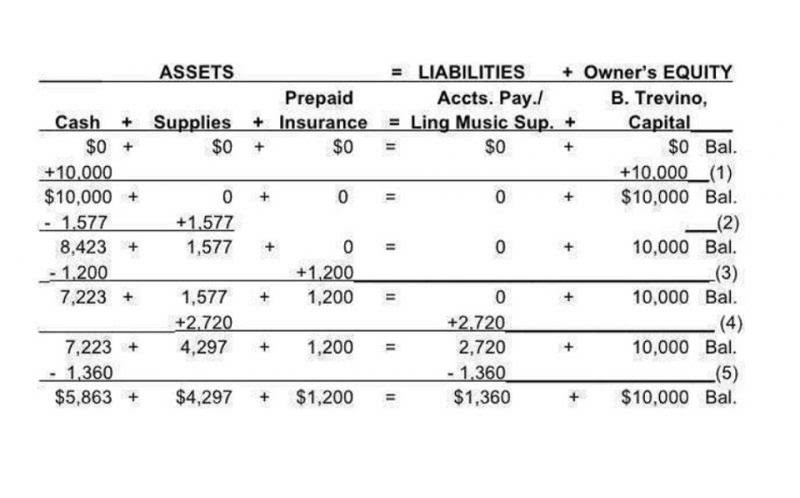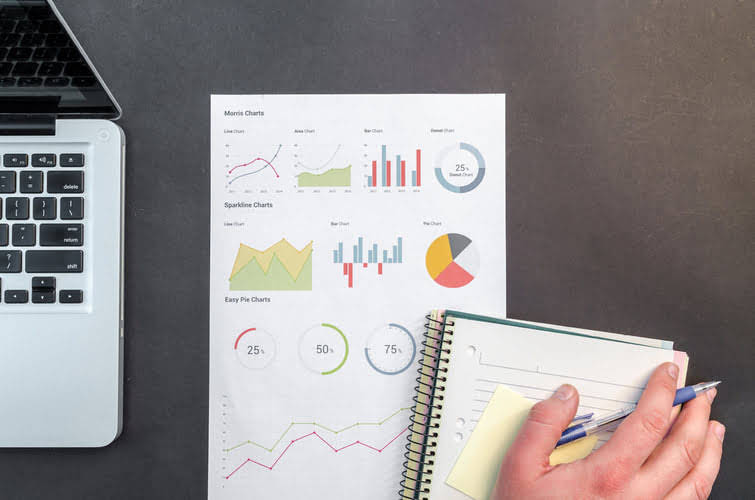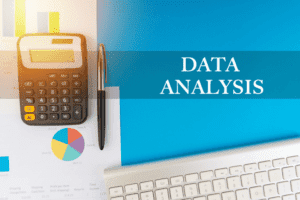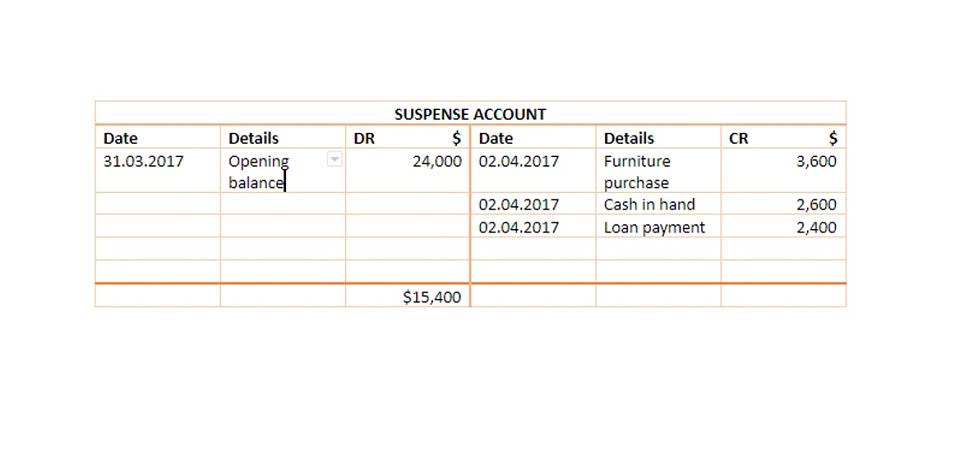Financial leverage is the use of borrowed money (debt) to finance the purchase of assets with the expectation that the income or capital gain from the new asset will exceed the cost of borrowing. There are several ways https://issa.ru/info/custom/custom_16.html that individuals and companies can boost their equity base. For businesses, financial leverage involves borrowing money to fuel growth. It allows investors to access certain instruments with fewer initial outlays.
- They’re making a big financial move with a fraction of the funds necessary to facilitate the transaction, borrowing the remainder.
- Financial leverage gives the effects of enhanced earnings for a company as well as heightened losses.
- Leverage can be especially useful for small businesses and startups that may not have a lot of capital or assets.
- This experience highlights how AI can offer robust, data-driven investment recommendations that adapt to market fluctuations in real time.
- Using margin, an investor can effectively supercharge their potential gains or losses.
- It indirectly measures financial leverage by showing how much a company’s assets are funded through equity.
Start a global, multi-asset portfolio with an award-winning platform
Higher interest rates are used by lenders to compensate for the risks they face. In the case of a company, a 60% loss on equity means a company http://10cents.ru/2203063.html would be bankrupt and equity investors would not get anything. David’s return on equity is 26% when the value of the assets increases by 20%.
How to calculate leverage in investing
But there are some important considerations to keep in mind when it comes to leverage. In terms of leveraged investing, it has the potential to magnify gains — but also to magnify losses, and increase total costs. Leverage trading is the use of borrowed money to try and increase profits or returns. A company can use leverage investing by purchasing a new factory, allowing it to expand its ability to create products, and as such, increase profitability.
Operating Leverage Formula
Leverage is when you tap into borrowed capital to invest in an asset that could potentially boost your return. By loaning money from the bank, you’re essentially using leverage to buy an asset — which in this case, is a house. If the owner of ABC Art Supplies wants to know their current financial leverage ratio, the first step they would need to complete is to add together all of the debt listed on their balance sheet above. The debt-to-equity ratio is the most common way of measuring the financial leverage issued to a company. This method compares the proportion of debt to the borrowing company’s equity.
It is a non-GAAP measure some companies use to create the appearance of higher profitability. Keep in mind that when you calculate the ratio, you’re using all debt, including short- and long-term debt vehicles. By opening an account, you’ll be able to evaluate its different features, the process for placing orders https://www.rballen.com/services/sales-installations-and-products and its research tools. This can help you determine if the platform is intuitive and whether it meets your specific needs. In addition, look for platforms that offer multiple forms of customer support, including a help center with frequently asked questions, in case you encounter any issues and need assistance.
Learn financial statement modeling, DCF, M&A, LBO, Comps and Excel shortcuts. Because the funds used for such purposes belong to the lender – i.e. must be repaid in full at maturity – the use of leverage can cause returns to rise. The use of financial leverage has many drawbacks that borrowers must consider before formally committing to a lending agreement.
Do you own a business?
- You can also check a broker’s background information and registrations using search tools like the SEC’s Investment Adviser Public Disclosure and FINRA’s BrokerCheck.
- A leverage ratio measures a company’s debt situation, and gives a snapshot of how much debt a company currently has versus its cash flows.
- Asset-backed lending refers to a situation where the financial provider uses the purchased assets or some extra assets of the borrower as collateral until the loan is reimbursed.
- In the rapidly evolving world of finance, artificial intelligence (AI) stands out as a transformative force reshaping the landscape of financial services.
- An online store specializing in selling vintage items seeks financial leverage worth $10,000,000 to purchase an asset worth $20,000,000.
Financial institutions are leveraging AI to identify potential risks and detect fraudulent activities by analyzing transaction patterns and identifying anomalies that may indicate suspicious behavior. There are three main types of leverage used in the financial management process of an organisation. Joe has begun to look at purchasing a larger manufacturing facility, and currently has two options available.
Bring together your checking, savings, and loans
The combination of fractional-reserve banking and Federal Deposit Insurance Corp. (FDIC) protection has produced a banking environment with limited lending risks. That means if an index rose 1% in a particular day, you might gain 2% or 3%. It’s important to note that on most days, major indexes, like the S&P 500, move less than 1% in either direction, meaning you generally won’t see huge gains or losses with this kind of fund. Our team of reviewers are established professionals with decades of experience in areas of personal finance and hold many advanced degrees and certifications.
Financial leverage involves borrowing funds to finance projects or assets. Different types, ratios, and formulas are used to evaluate financial leverage’s impact on a company’s operations and financial health. You can use many financial ratios to calculate your business’s financial leverage. The common financial leverage ratios and formulas that you can implement are discussed below. This is the total debt a business acquires to fulfil different financial purposes. In the financial statements, this type of spoof leverage is represented under the list of liabilities.

To optimize your ROP ads to the fullest, take advantage of the best practices for writing an effective advertisement. Products sent from international locations, such as China with ePacket, https://www.bookstime.com/ can take significantly longer to arrive, risking customer dissatisfaction. Start your free trial with Shopify today—then use these resources to guide you through every step of the process.
Find your perfect fulfillment partner with expert help
In other retail models, sellers add branding to their store, products, packaging, and communications to create a consistent brand experience, building customer loyalty. The customer receives their product from the supplier while the store handles any customer service needs. The dropshipping supplier prepares the order and ships it directly to the customer. Many suppliers offer branded invoices and custom packaging to enhance the shopping experience.
Demand during lead time
- It can help to prevent lost sales and ensure you fulfill the customer demand.
- This is where understanding and implementing the reorder point (ROP) in your inventory management becomes a game changer.
- Unlike dropshipping suppliers, wholesalers sell bulk quantities of products to retailers, who then sell them to consumers.
- A company not only needs to generate more sales and revenue, but it must also keep costs contained.
- In these cases, maximum lead time and consumption values are often used.
- For instance, if the backlog or lost-sale cost is much higher than the holding cost, the retailer should set a higher reorder point to avoid stockout, and vice versa.
- If you run out of stock, you’ll be unable to make sales until new inventory arrives.
It also helps avoid the profit loss from placing orders too early, which can cause the stock to pile up. The reorder point logic can avoid poor customer experience and deliver the products once your customer purchases the product from your website. However, you can overturn the situation through effective inventory management and result-oriented strategies for better results. ROP (short for Run of Paper or Run of Press), is an advertising method common among print media. These types of ads are printed directly in the middle of a newspaper or magazine’s editorial content. They can have different formats, sizes, and positions, and almost every publication has its own policy and pricing for them.
You’re comfortable with longer shipping times

In my opinion, there’s something rather chic and classy about running ads in the middle of newspaper or magazine pages. You’ve probably seen how it’s something done usually by bigger, higher-profile brands, giving them an edgier look and creating a trustworthy image of them in the reader’s rop meaning business mind. The amount of trust and respect people put in print media cannot be ignored, and maybe that’s what ROP means in advertising right now which is dominated by digital channels. Advertising your business on print media is a great way to increase brand exposure and generate leads.
Over time, it may be necessary to make adjustments to your ROP as a result of shifts in demand, lead time, or safety stock requirements. When you leave a comment on this article, please note that if approved, it will be publicly available and visible at the bottom of the article on this blog. For more information on how Sage uses and looks after your personal data and the data protection rights you have, please read our Privacy Policy. By understanding and implementing the ROP effectively, you can streamline your operations, enhance customer satisfaction, and maintain a competitive edge in your market. Effective ROP management means you’re not overstocking, thereby reducing storage costs and minimizing the risk of inventory obsolescence.
Receive a customer order

Use Shopify Collective to curate items from like-minded stores and ship them directly to your customers. You can also use a dropshipping app to sell products from multiple suppliers. After signing an agreement, they’ll handle storage, packaging, and shipping of customer purchases.
Average daily sales
ROP (Run of Paper) are ads printed directly in the middle of a publication’s actual pages. These ads are surrounded by editorial content and cost less than FSI and other publication ads. Many publications provide ad design services for their customers for very affordable prices (sometimes even for free!) but it would be better to do this yourself or hire a professional. This way, you have complete control over how your ad’s aesthetics and know exactly how it’s going to turn out. Circulation, color, frequency, section, and day of the week are also important factors.

When we have only 140 of these particular hoodies in stock, it’s time to buy more. Let Easyship connect you to the largest shipping and fulfillment network on Earth. Integrate a professional route planner to remove the hassle of manual route planning and human errors that may cause delivery delays or failures. For example, if you sell and deliver 10 t-shirts on average, but during weekends, you can sell as many as 15 t-shirts. The order for the next batch of perfume should be placed when there are 2400 bottles left in your inventory.
Evaluating inventory cost trade-offs
Find out when to order more inventory without running out by calculating your reorder point (ROP). Almost every publication offers discounts or special prices for businesses that run ads frequently on their paper. Having multiple ads on one issue not only helps boost brand awareness but also could save you money.
Reaching the reorder point triggers the replenishment process, ensuring that stock is available before it depletes. Establishing reorder points frees up crucial capital and ensures your business is operating at maximum efficiency across inbound and outbound logistics. Your shoe supplier takes an average of 7 days to deliver every new batch of shoes. If you sell more than one product category in your eCommerce store, you’ll likely have more than one supplier. Different vendors have different lead times, so you’ll need to calculate reorder points for each product category separately.

It represents the amount of money which a company has in hand to run day to day business. Having less account receivables can also better many other ratios for the business, which are important for operating cycle investors who may want to provide money for funds. Any negative effects from your operating cycle on other aspects of your business may reflect badly on your business’s future profitability.
Why You Can Trust Finance Strategists
By efficiently handling inventory, accounts receivable, and accounts payable, you can shorten your cycle, improve cash flow, and boost profitability. Monitoring key performance indicators and utilizing the right tools further enhances your ability to succeed in this critical aspect of financial management. The operating cycle, often referred to as the cash conversion cycle, is a fundamental concept in financial management. It represents the time it takes for a business to convert its investments in inventory and other resources into cash through sales and accounts receivable collection. This cycle is a crucial measure of a company’s financial efficiency and liquidity. To put it simply, the operating cycle measures how quickly a company can turn its resources into cash flow.
What is Working Capital? Formula, Meaning, Types, and Examples
- This means you might need to reduce the time it takes for your customers to pay back for the product they purchased before they make a new purchase.
- This period includes activities such as issuing invoices, monitoring payment due dates, and following up on overdue payments.
- By consistently monitoring the cash conversion cycle (CCC) metric, the company can identify and improve operational deficiencies related to working capital that reduce free cash flows (FCFs) and liquidity.
- Understanding and managing your operating cycle is fundamental to your business’s financial health.
- If you look at the larger picture, you’ll find that the operating cycle provides an idea about the cost of a company’s operations and how quickly it can repay its debt.
On the contrary, a long operating cycle creates a negative impact on the cash flow of a business. The longer the operating cycle the greater the level of resources ‘tied up’ in working capital. If you wish to determine how efficiently a business is running, it’s the operating cycle of working capital you should be checking. It is important to note that all companies work towards maintaining a short working capital cycle.

Time Value of Money

Although you must understand how to calculate the operating cycle if you want to compare yourself to your competitors, it is also important to understand what it really means for your business. Furthermore, a shorter operating cycle improves the agility and responsiveness of a business, enabling it to adapt quickly to changes in customer demand and market conditions. By analyzing each component, businesses can identify areas that require improvement and take appropriate action to optimize their operating cycle. On average, it takes the company 97 days to purchase raw material, turn the inventory into marketable products, and sell it to customers. The first step is to calculate DIO by dividing the average inventory balance by the current period COGS and then multiplying it by 365. By the end of the forecast period, the company’s working capital cycle decreased by 14 days, from 60 days to 46 days in Years 1 and 5, respectively.
As can be seen the longer the inventory period and the accounts receivable collection period the longer the operating cycle of the business. By shortening the cycle, businesses can decrease their working capital requirements, reduce financing costs, and generate additional cash inflows. The freed-up cash can then be reinvested in the business or utilized to take advantage of growth opportunities.

Financial Modeling Solutions
The operating cycle is relatively straightforward to calculate, but more insights can be derived from examining the drivers behind DIO and DSO. The NWC changes on the left side each have positive implications on free cash flow (FCF). If CCC is trending downward relative to previous periods, that would be a positive sign, whereas CCC trending upward points towards potential inefficiencies in the business model. To solve Working Capital requirement problems, you must first understand what they are asking for.
- Any negative effects from your operating cycle on other aspects of your business may reflect badly on your business’s future profitability.
- By understanding its variables and interpreting the results, businesses can make informed decisions to optimize their operating cycles and improve overall performance.
- The operating cycle is relatively straightforward to calculate, but more insights can be derived from examining the drivers behind DIO and DSO.
- A lower DSO indicates that you are collecting payments promptly, which positively impacts cash flow and liquidity.
- For example, let’s consider a manufacturing company that produces electronic devices.
The formula assumes that there are no significant variations in the time it takes to complete each cycle component. However, this may not always hold true in practice as there can be seasonal fluctuations, changes in customer behavior, or disruptions in the supply chain. When there is a significant different between current ratio and quick ratio, it is useful to study the operating cycle and cash conversion cycle to ascertain whether the company’s funds are less-profitable assets. In this example, your operating cycle is approximately 128 days, which means it takes 128 days for your investments to return as cash. Understanding and monitoring your operating cycle can help you identify areas for improvement, optimize cash flow, and make informed financial decisions. Since inventory days and A/R days are projected to decrease, the impact on working capital days should be positive (i.e. more operational efficiency).